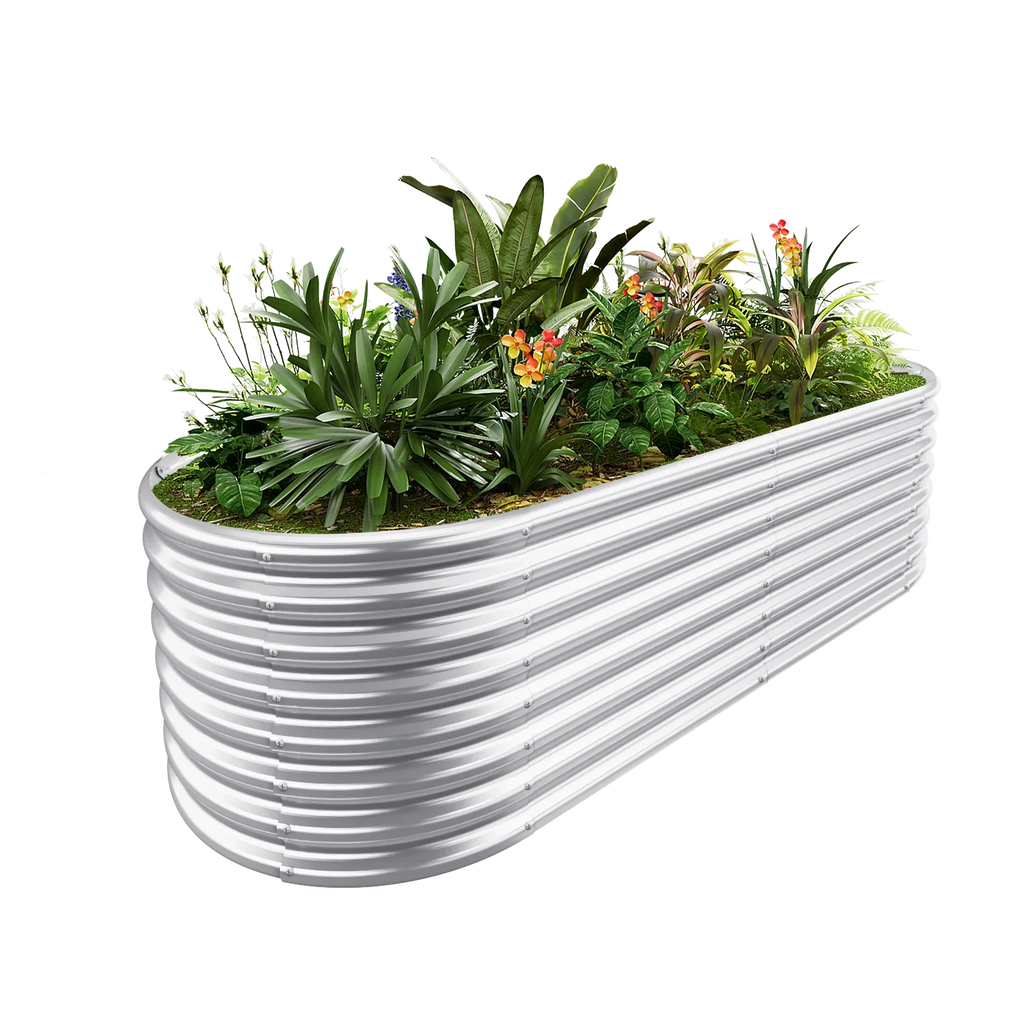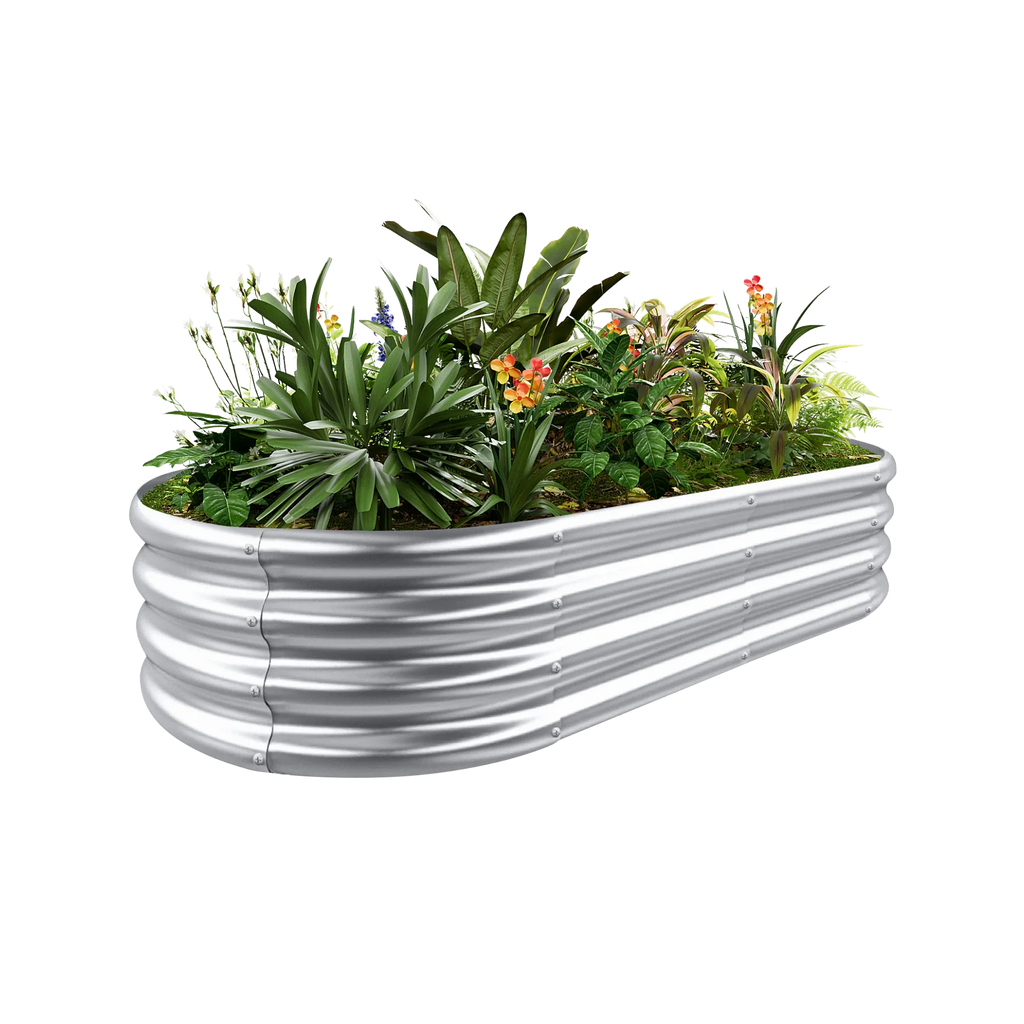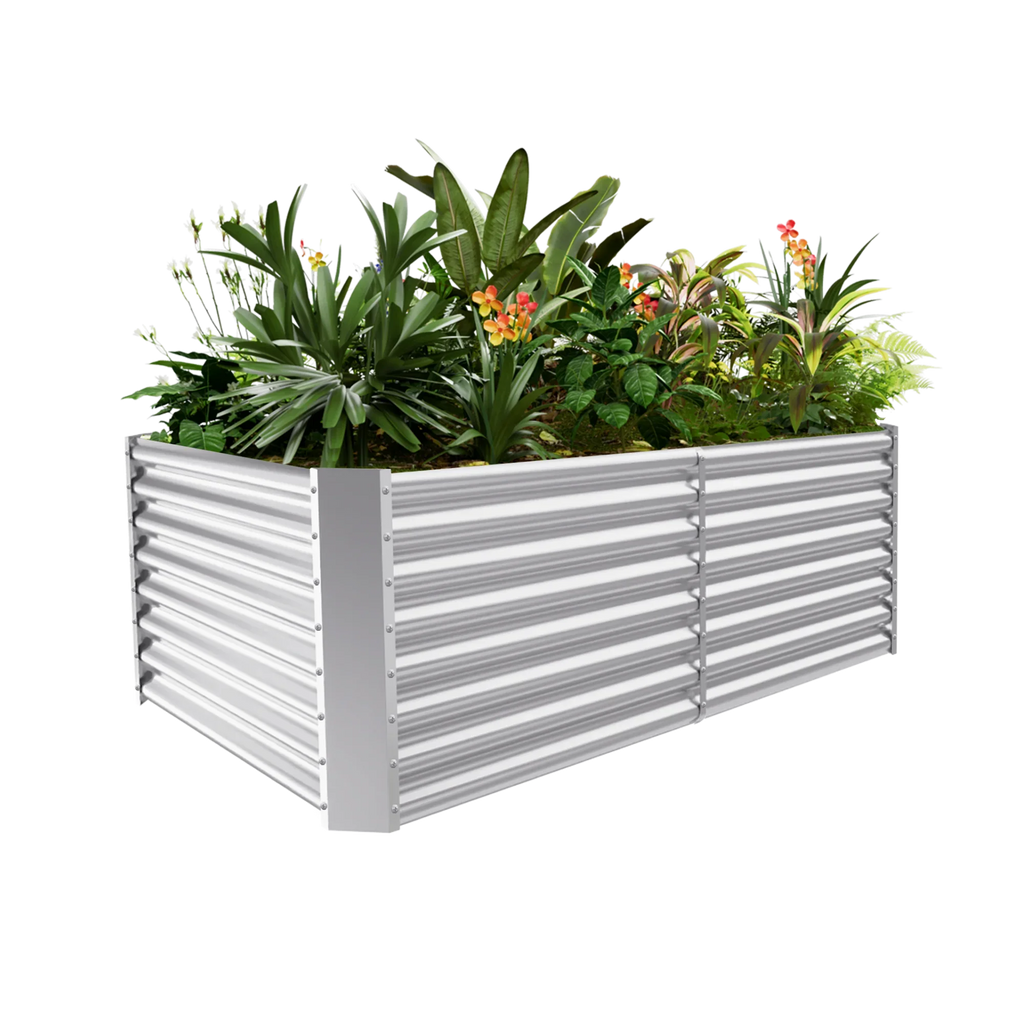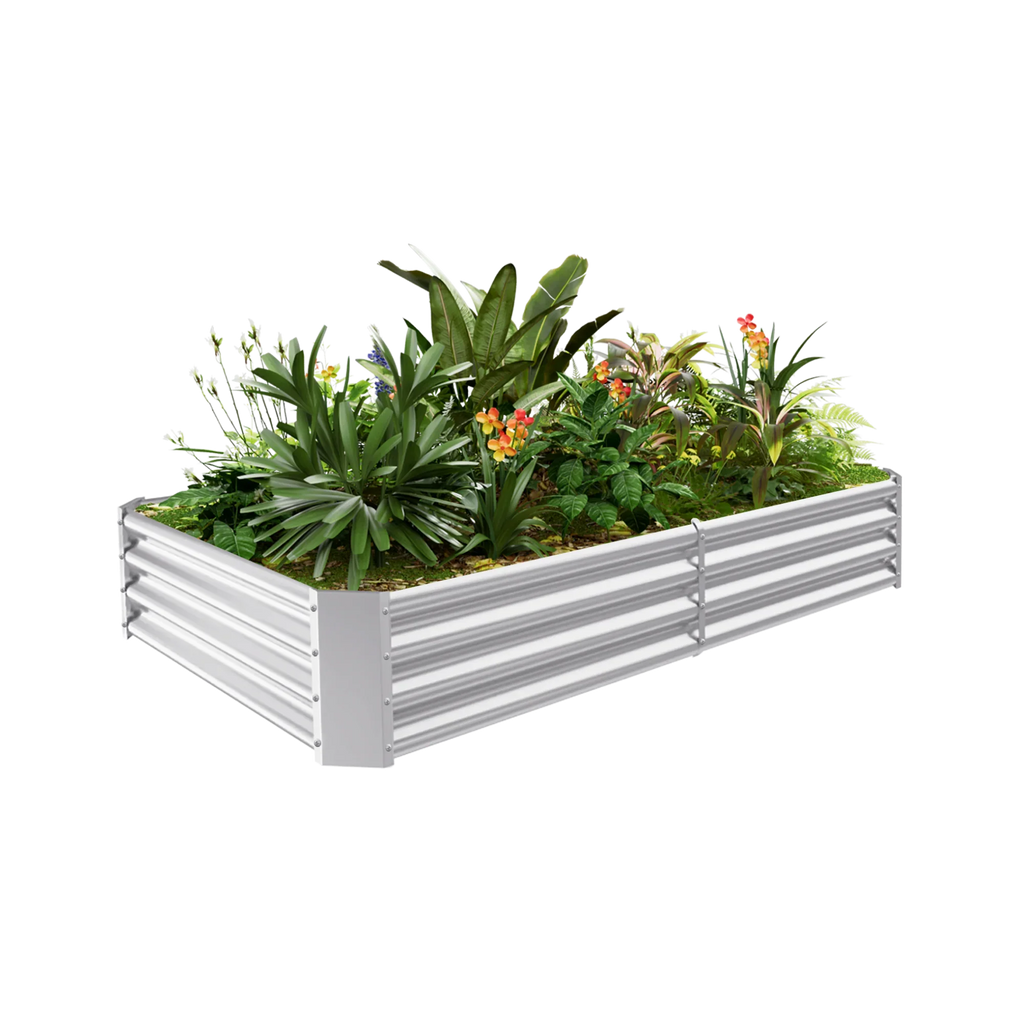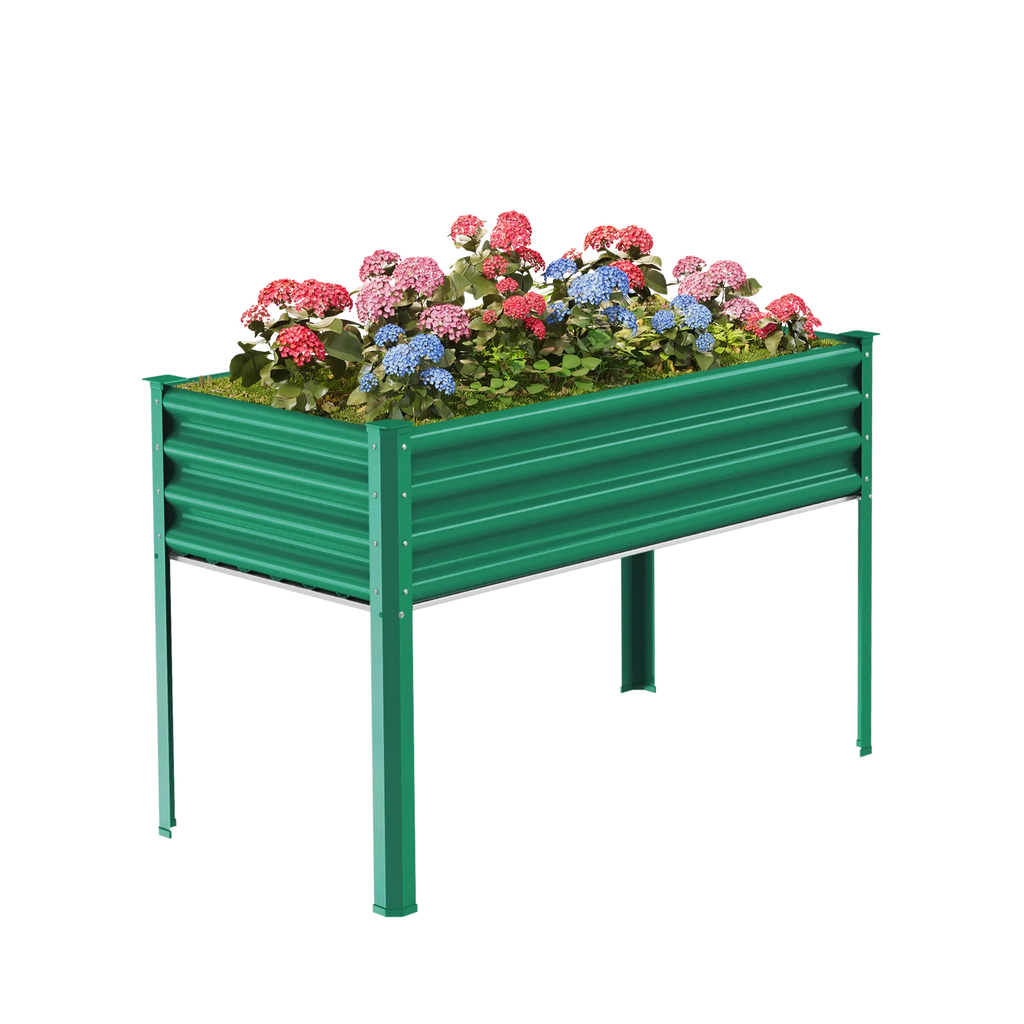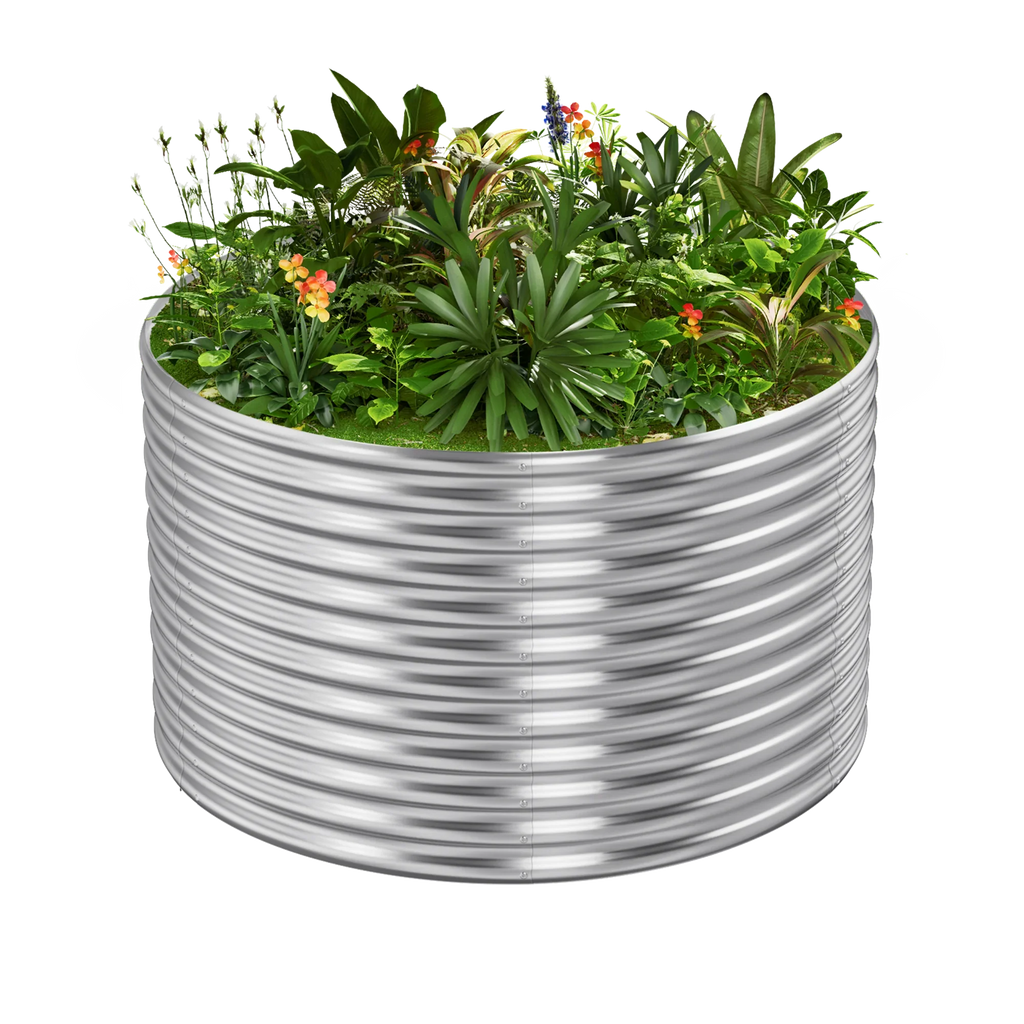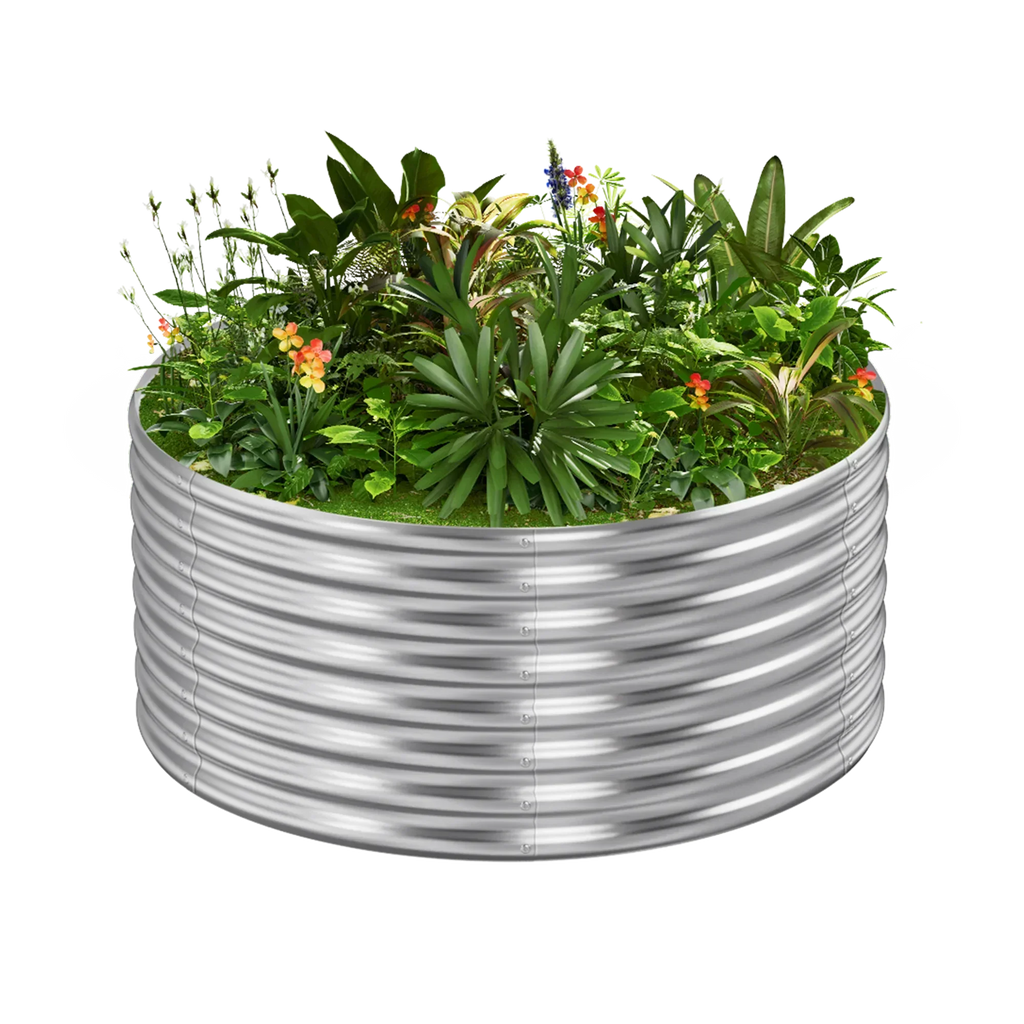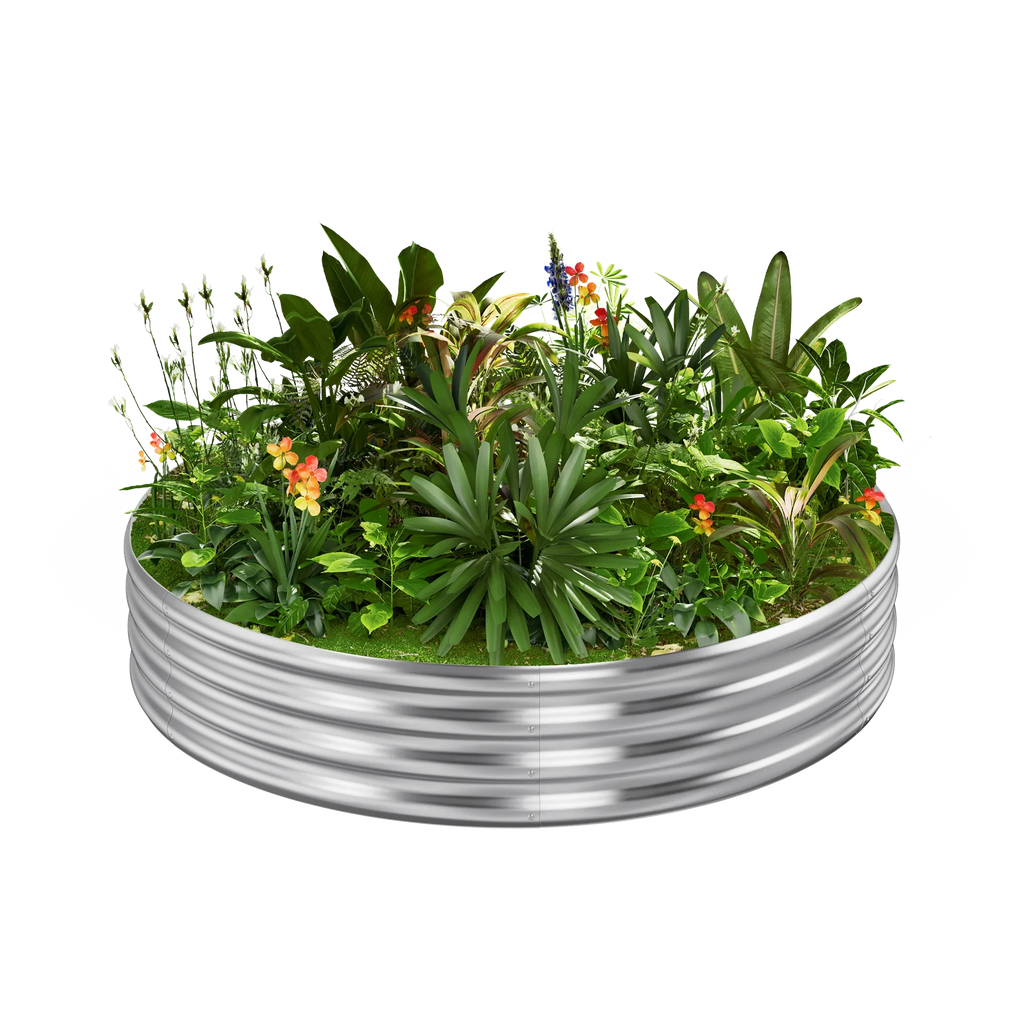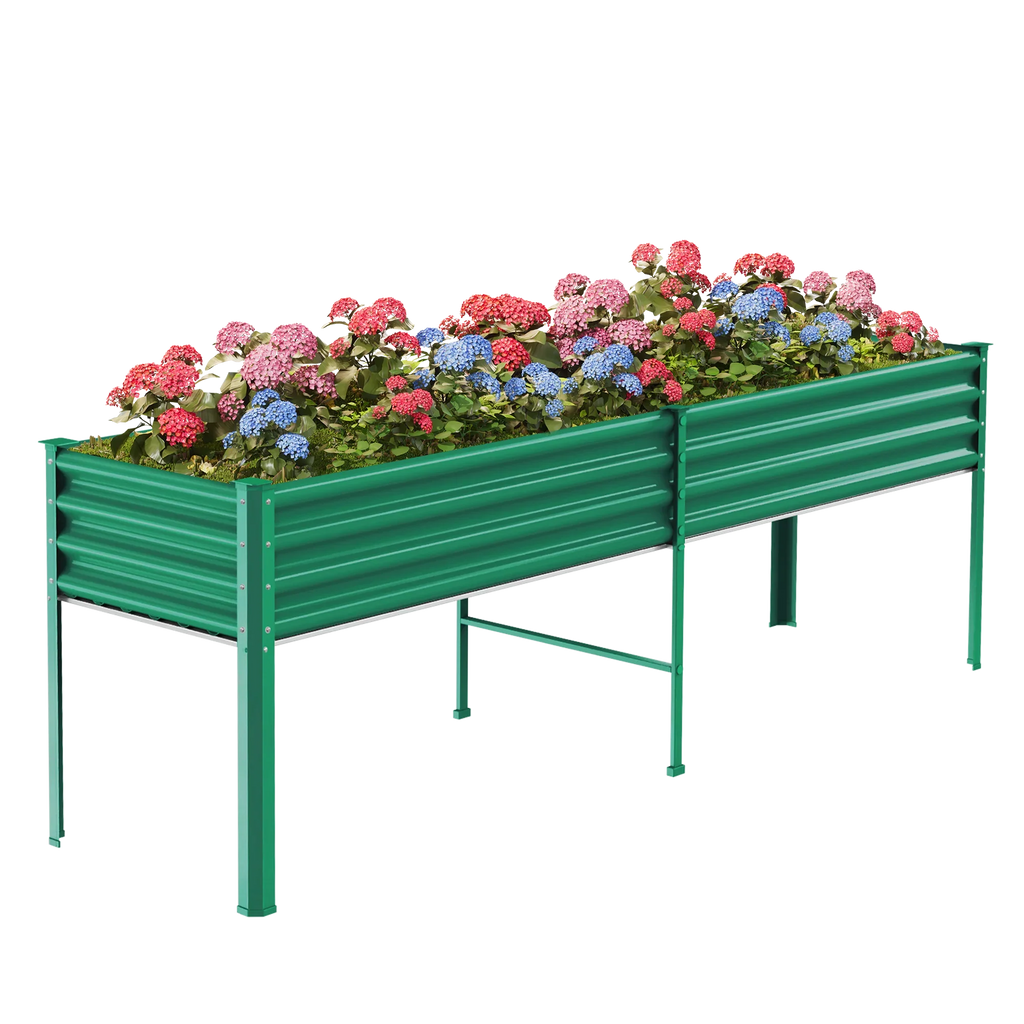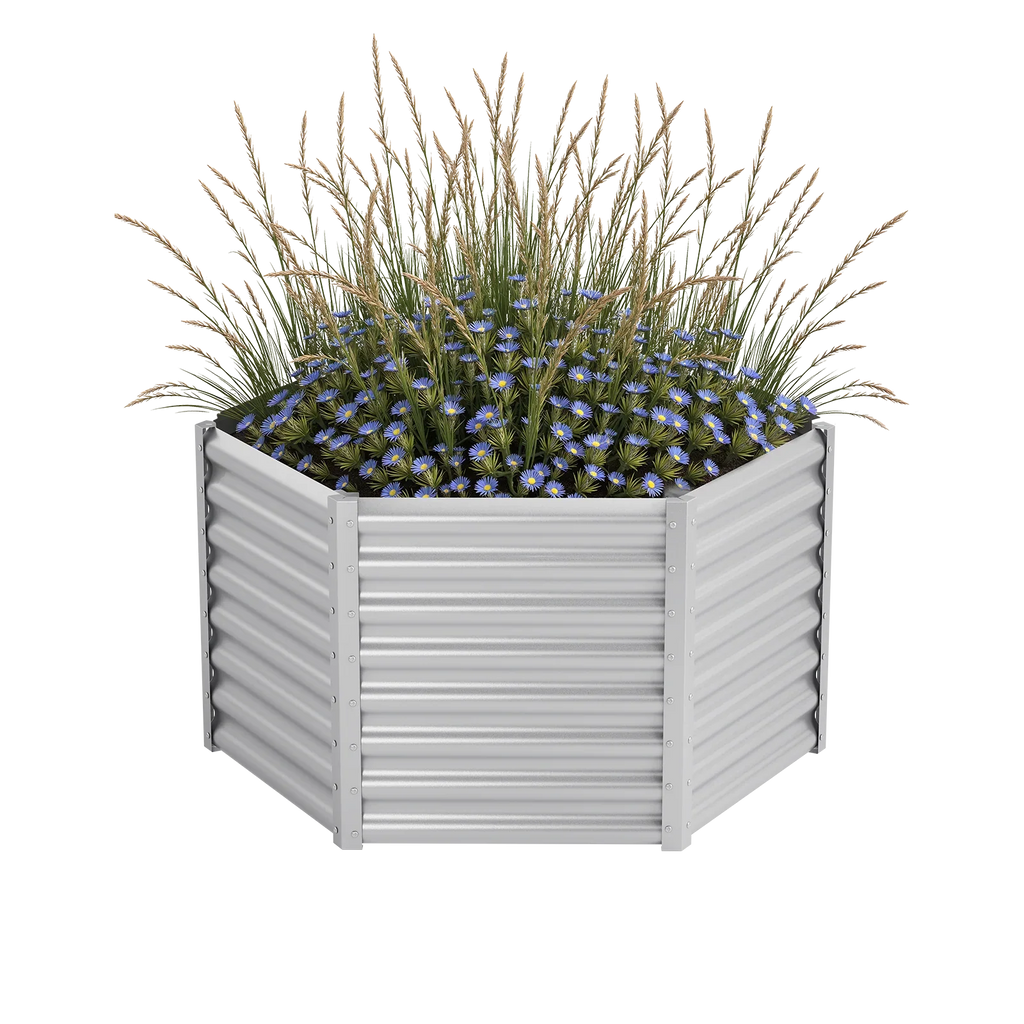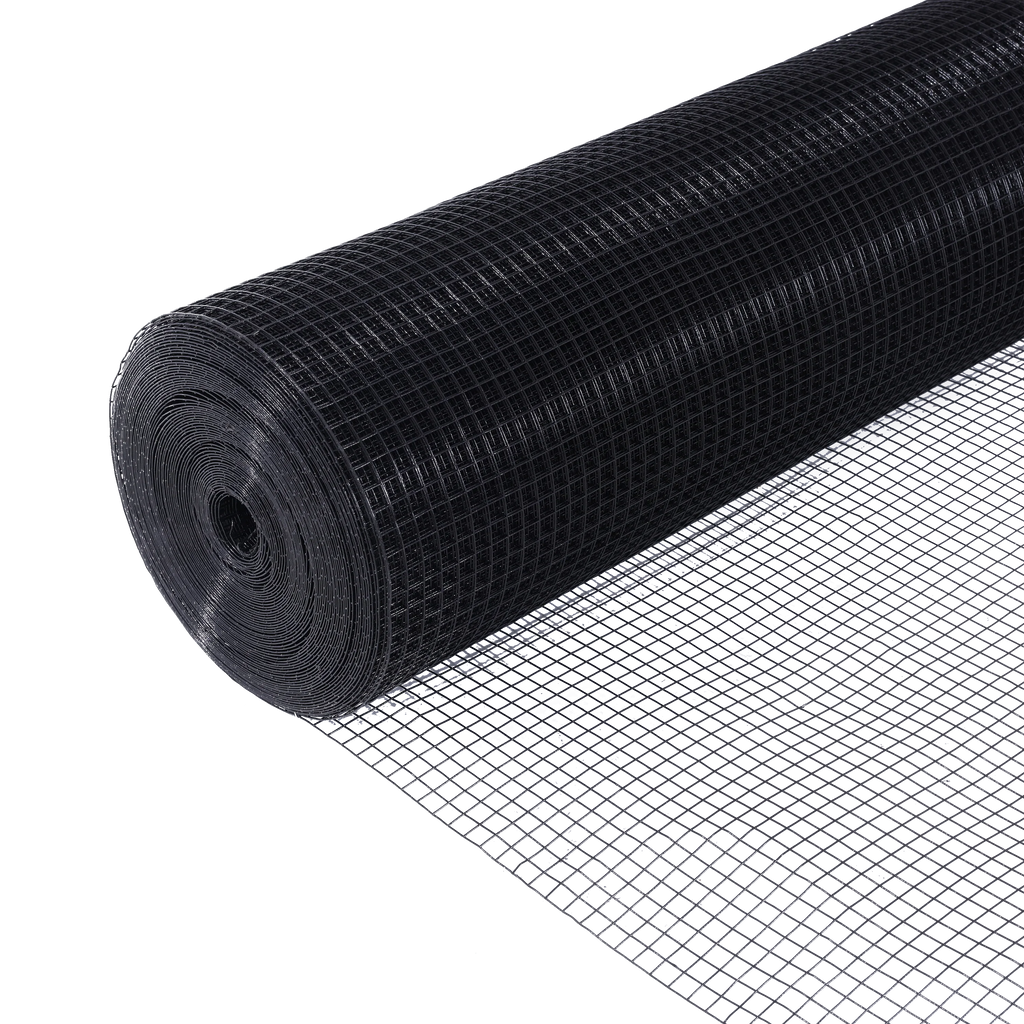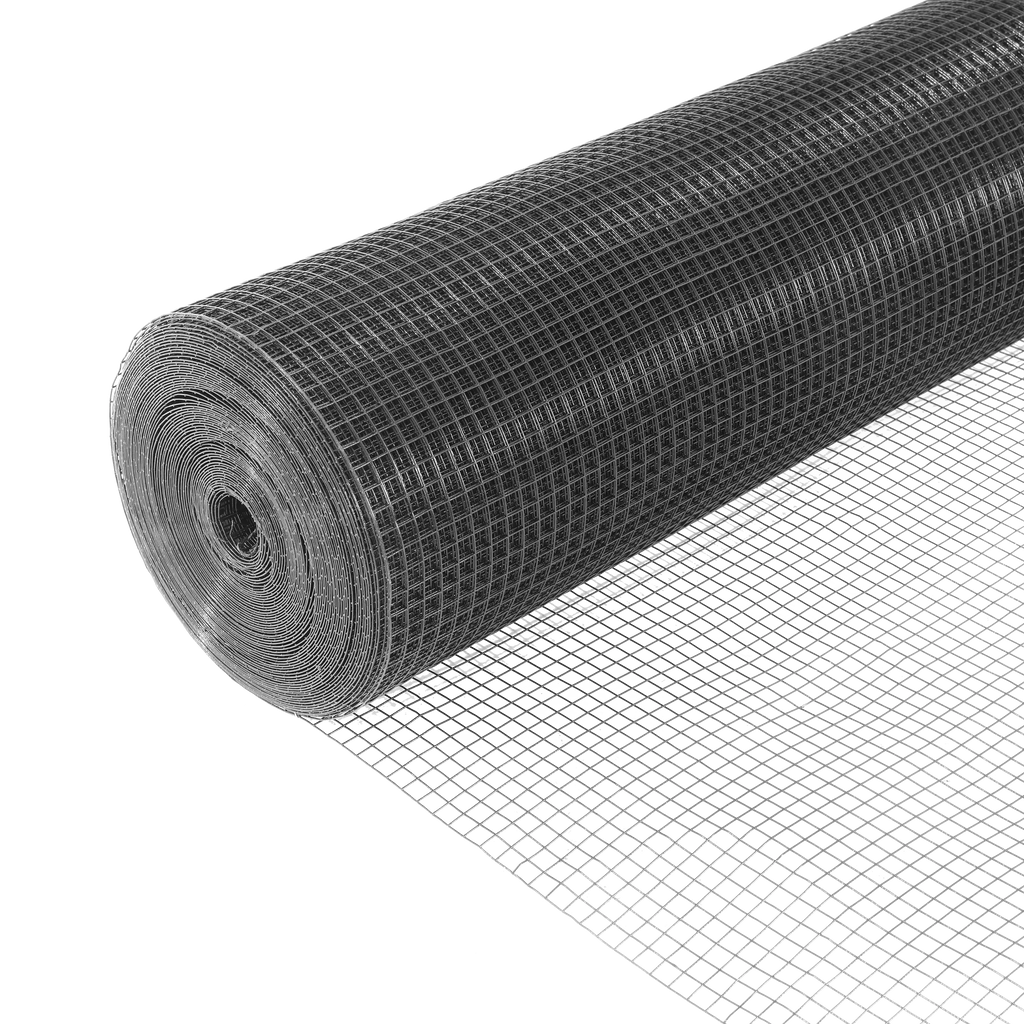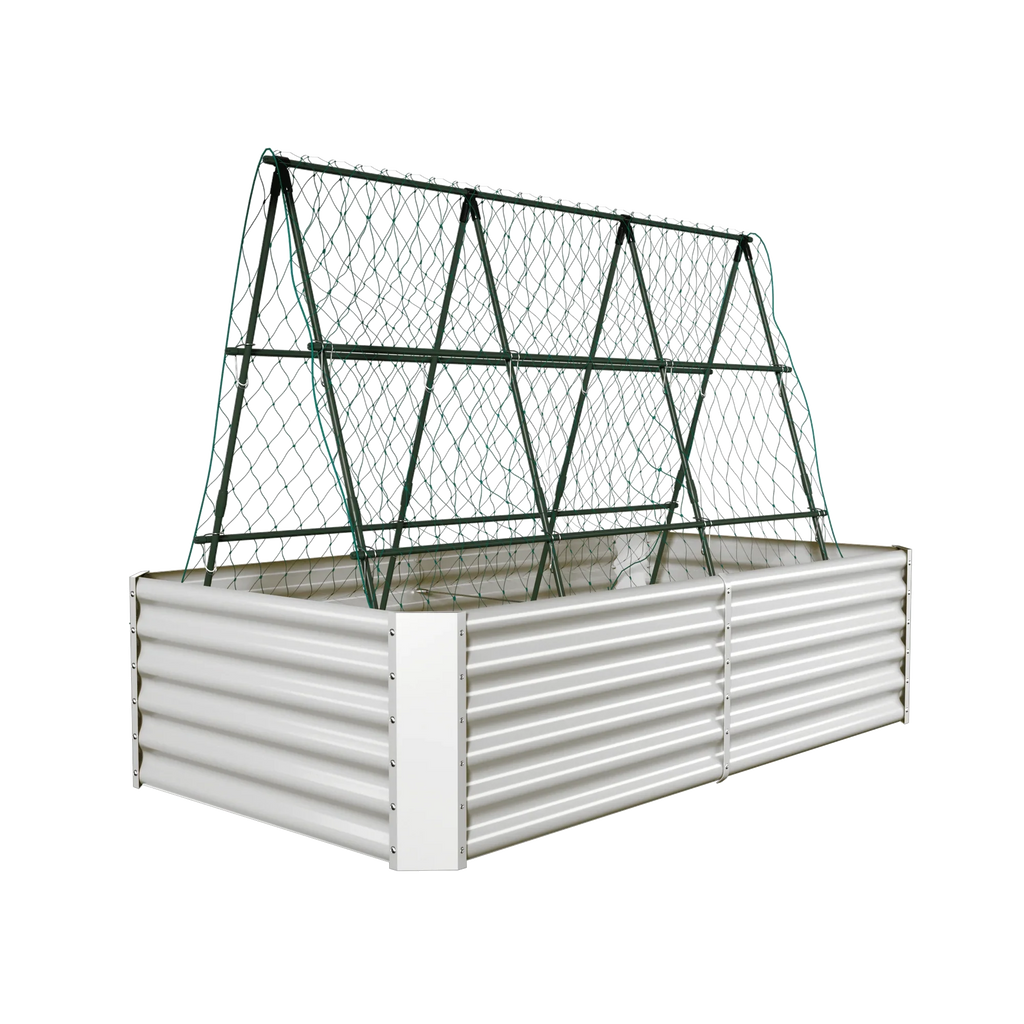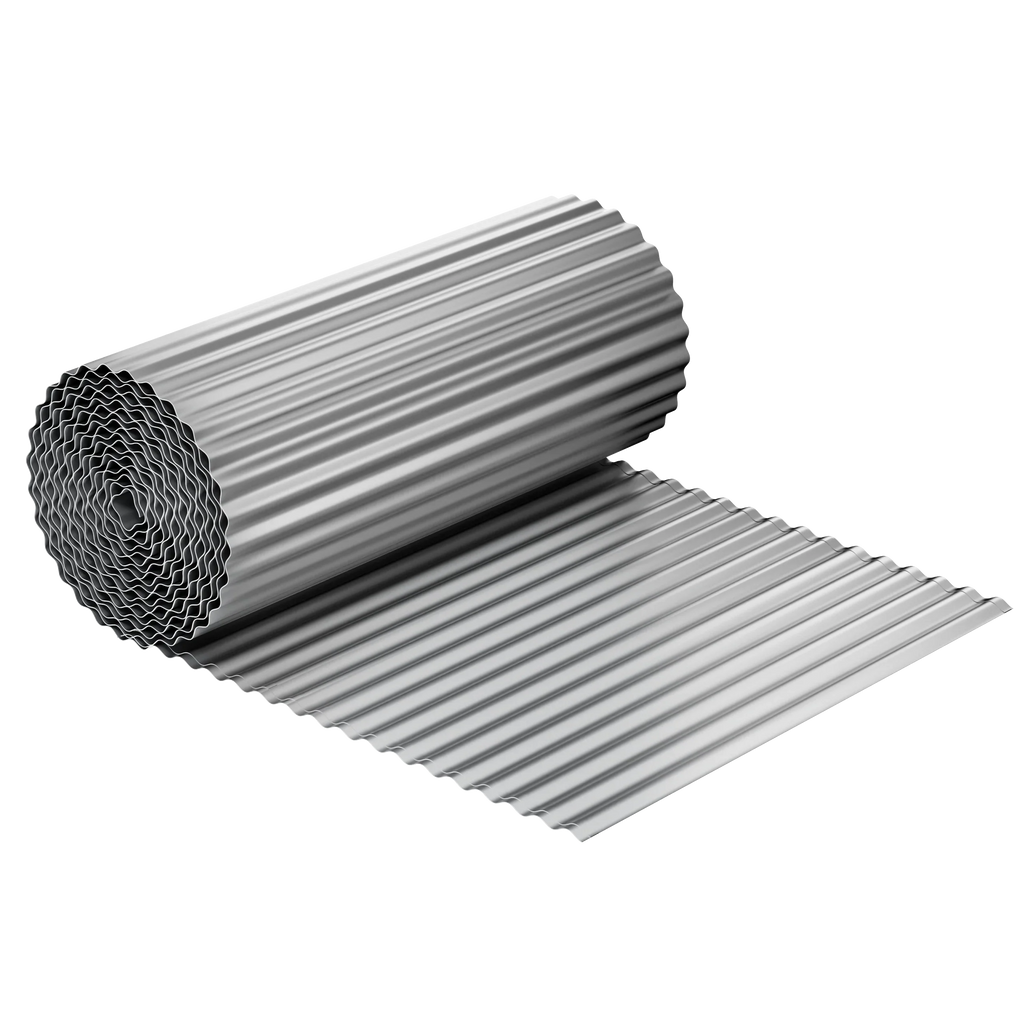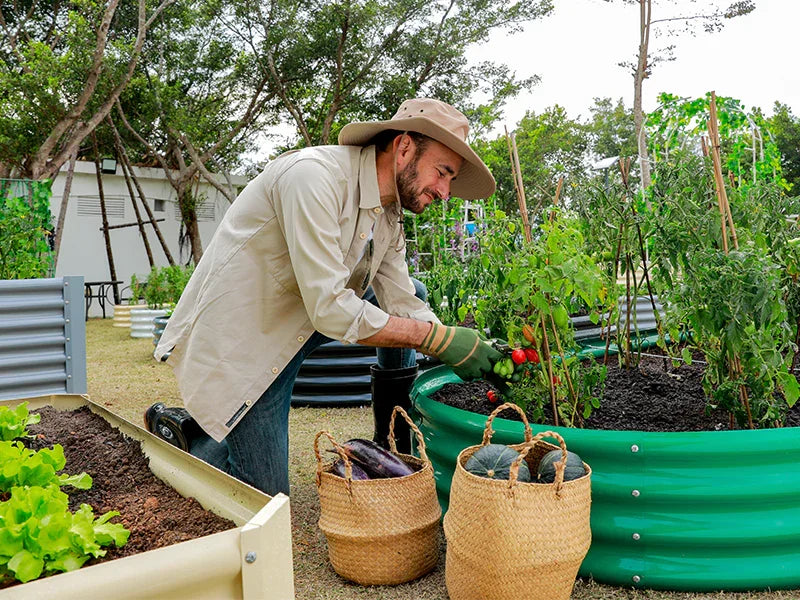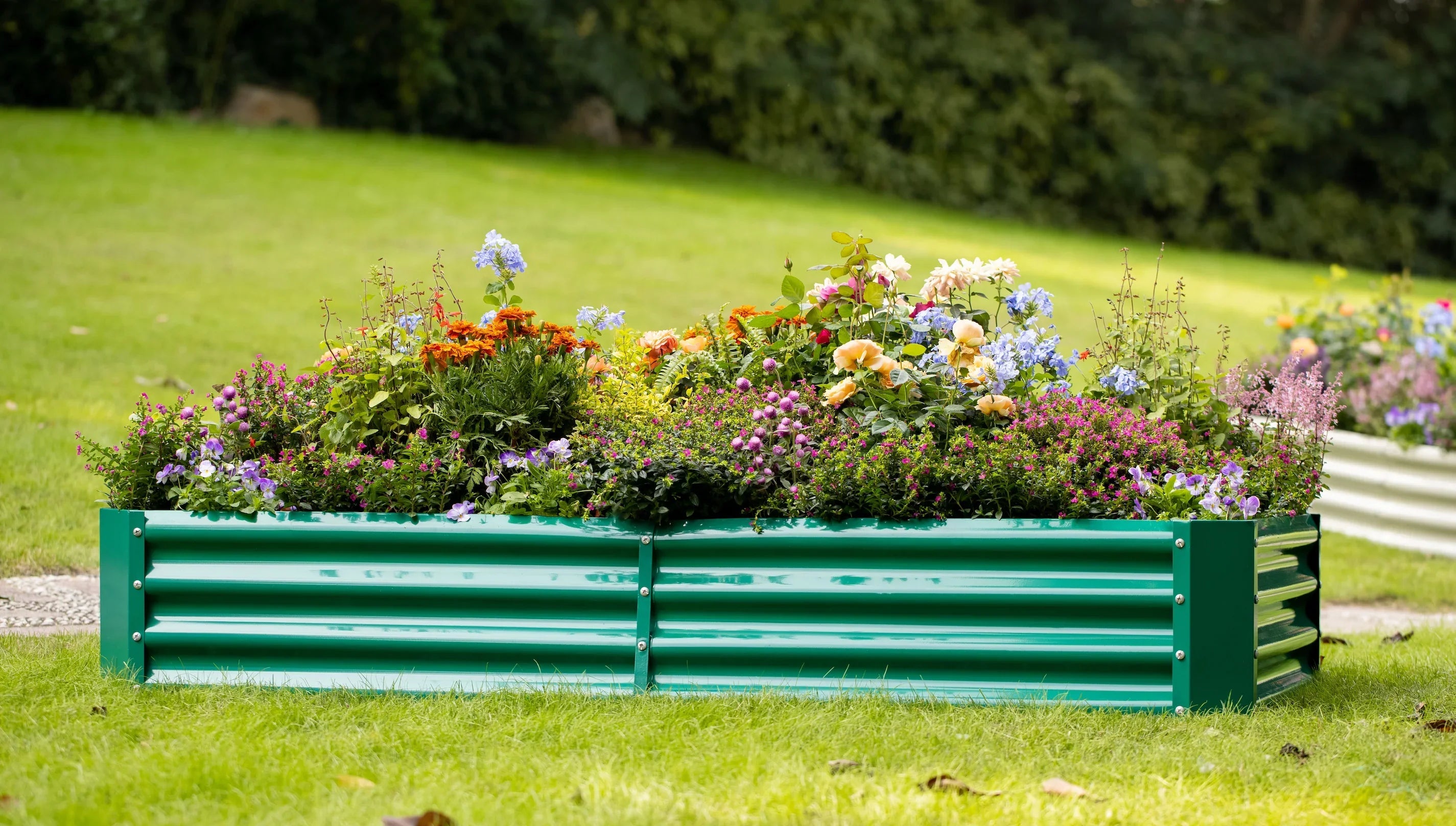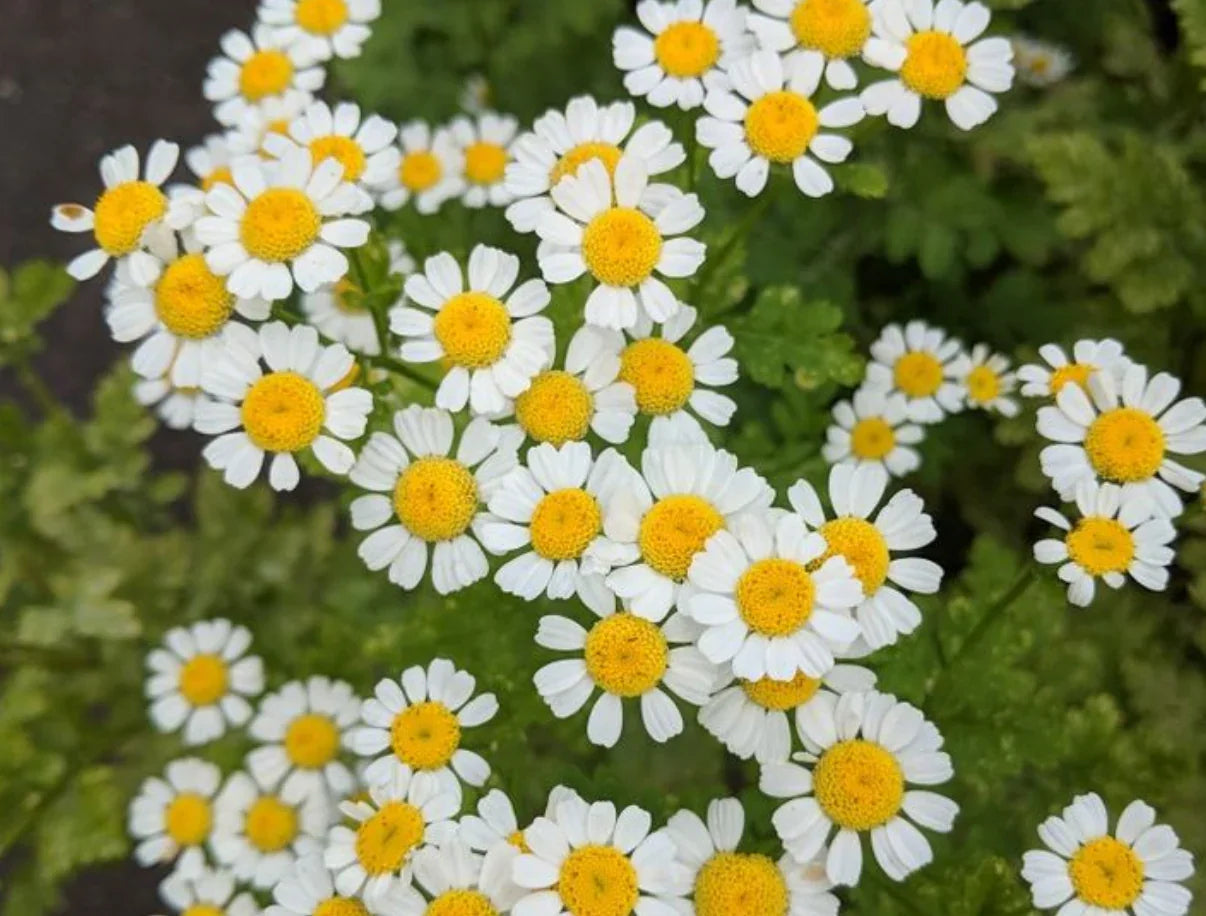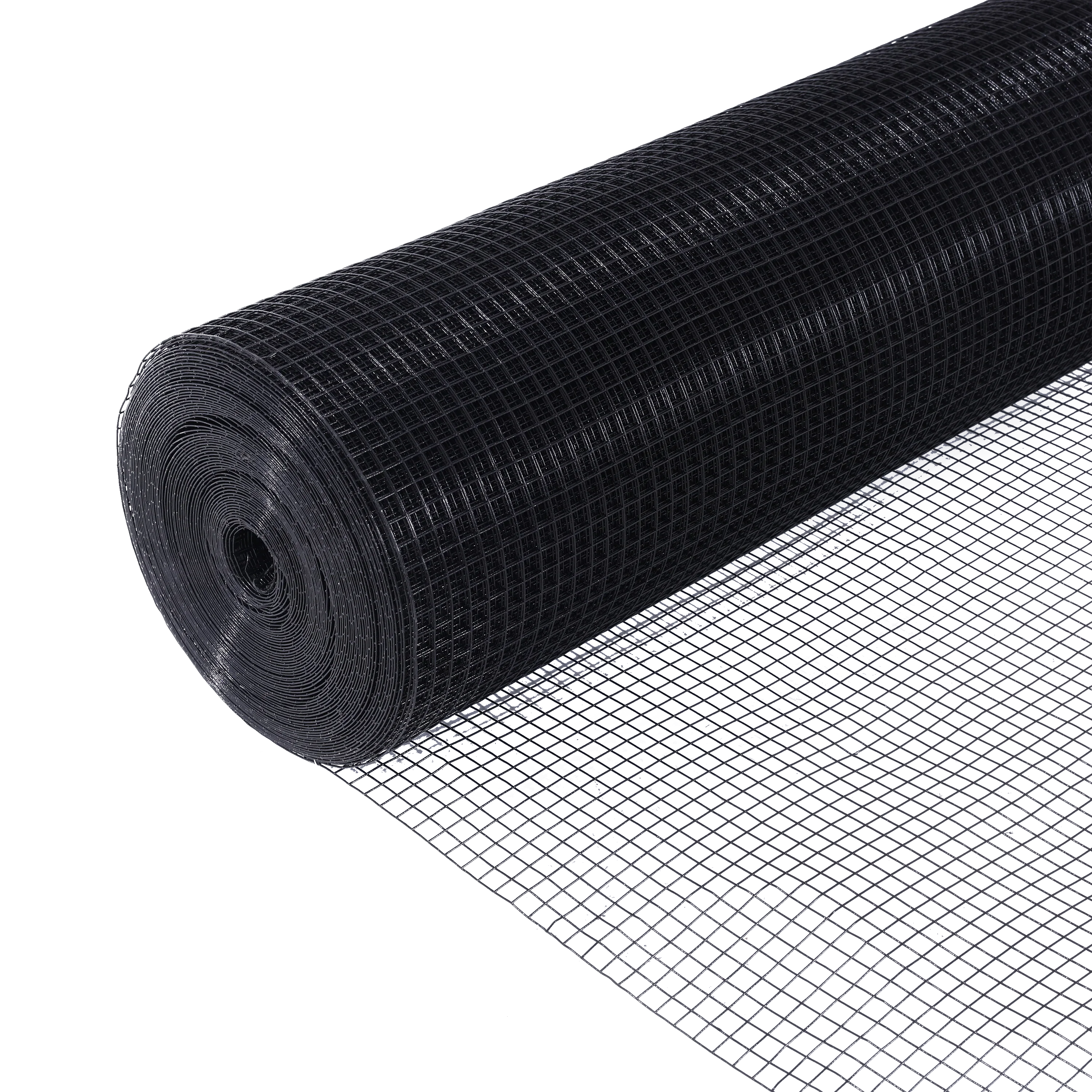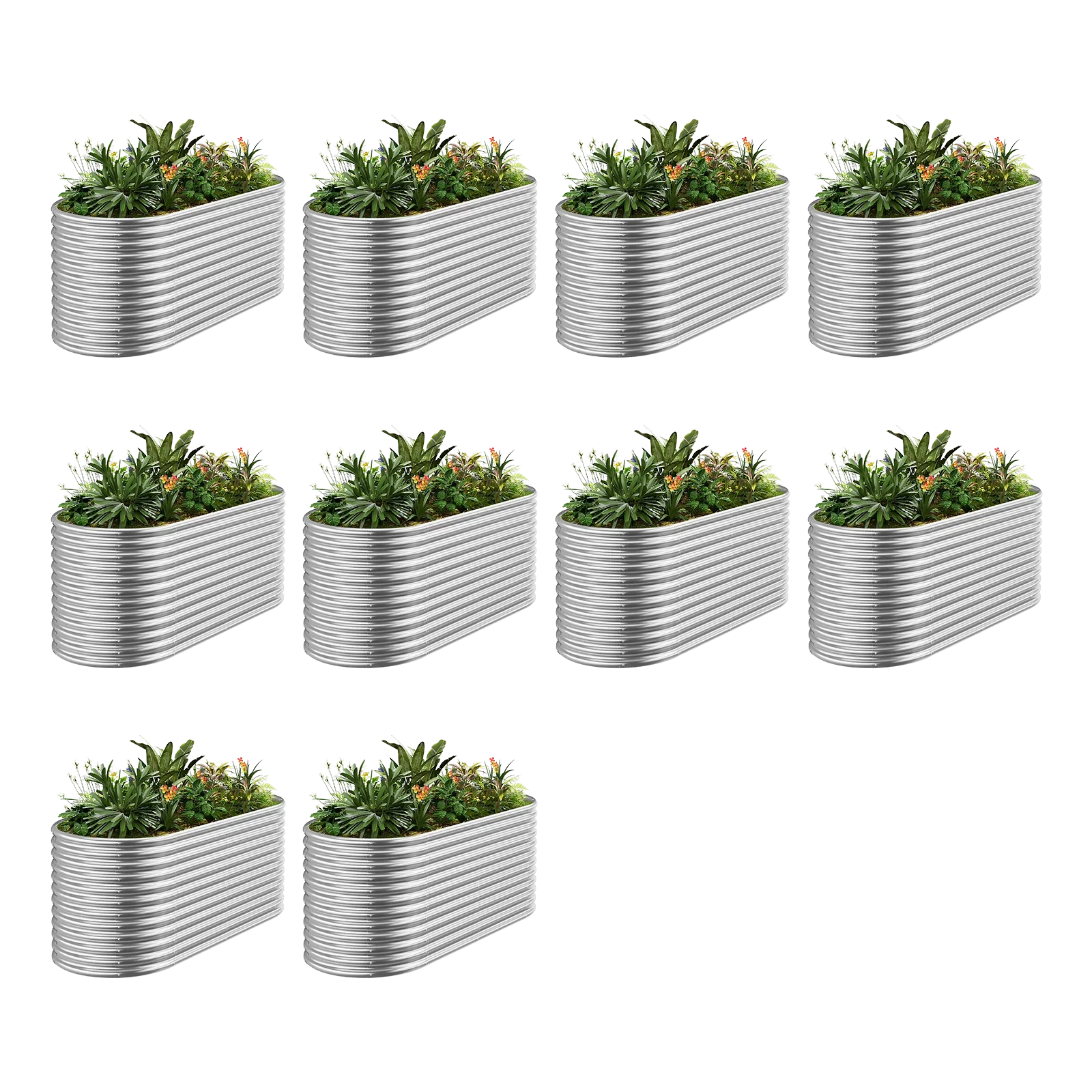Pumpkins are a beloved part of fall, often associated with Halloween and Thanksgiving, but did you know you can grow your own pumpkins even in small spaces like garden beds? With the right approach, you can enjoy fresh, homegrown pumpkins without needing acres of land. Raised garden beds are perfect for small-space gardening, and growing pumpkins in them can be both fun and rewarding!
- Choose the Right Pumpkin Varieties
When gardening in small spaces, it’s essential to select compact pumpkin varieties that are suited for raised beds. Look for bush-type or small-sized pumpkins rather than sprawling vining varieties. Varieties like 'Jack Be Little,' 'Baby Boo,' 'Sugar Pie,' and 'Miniature White' pumpkins are perfect for smaller spaces.
Tip: Look for “bush” or “dwarf” pumpkin varieties, which have a more compact growth habit compared to traditional sprawling types.
- Optimize Vertical Space
Pumpkins traditionally take up a lot of ground space due to their sprawling vines. However, with some creative planning, you can grow pumpkins vertically. Use trellises or vertical supports in your garden bed to encourage the vines to climb upward rather than spreading out. This allows you to save valuable ground space for other plants.
Tip: Train the pumpkin vines to grow vertically using a sturdy trellis or cage. Be sure to support the growing pumpkins with slings to prevent them from falling.
- Ensure Good Soil and Drainage
Pumpkins need rich, well-draining soil to thrive. Raised garden beds provide the ideal environment by allowing you to control the soil quality. Use a mix of compost, well-rotted manure, and good garden soil to create the perfect growing medium. Make sure your bed has good drainage to prevent waterlogging, which can damage the pumpkin roots.
Tip: Add organic matter like compost to improve soil fertility and structure. Pumpkins are heavy feeders and will benefit from nutrient-rich soil.
- Provide Ample Sunlight
Pumpkins are sun-loving plants and require at least 6-8 hours of direct sunlight per day to grow well. In a small garden bed, ensure that your pumpkin plants are placed in the sunniest spot available to maximize growth. Raised garden beds typically receive better sunlight exposure, especially if they are positioned in an area with little to no shade.
Tip: Position your raised bed in a location that gets full sun. Avoid planting pumpkins in shaded corners, as they may not produce fruit.
- Proper Watering and Mulching
Pumpkins need consistent moisture, especially during their growing season. Raised garden beds offer better control over water retention and drainage, but you still need to water your pumpkins regularly. Mulching around the plants can help retain moisture, regulate soil temperature, and suppress weeds.
Tip: Water deeply and regularly, ensuring the soil is moist but not soggy. Apply mulch around the base of the plants to keep the soil evenly moist.
- Pollination and Harvesting
Pumpkins rely on bees for pollination, but if you don’t have many pollinators in your garden, you can hand-pollinate the flowers by transferring pollen from male to female flowers using a small paintbrush. Once your pumpkins start growing, be patient. Depending on the variety, pumpkins typically take 85-120 days to mature.
Tip: Hand-pollinate if you notice a lack of bees or pollinators in your area. Harvest pumpkins when the skin is firm, and the stem is dry.
Growing pumpkins in a small garden bed is possible with careful planning and the right varieties. By using compact pumpkin types, optimizing vertical space, and providing the proper soil, sunlight, and water, you can enjoy fresh pumpkins right from your own backyard. Whether for decoration, cooking, or just for fun, homegrown pumpkins are a rewarding addition to any small garden!






